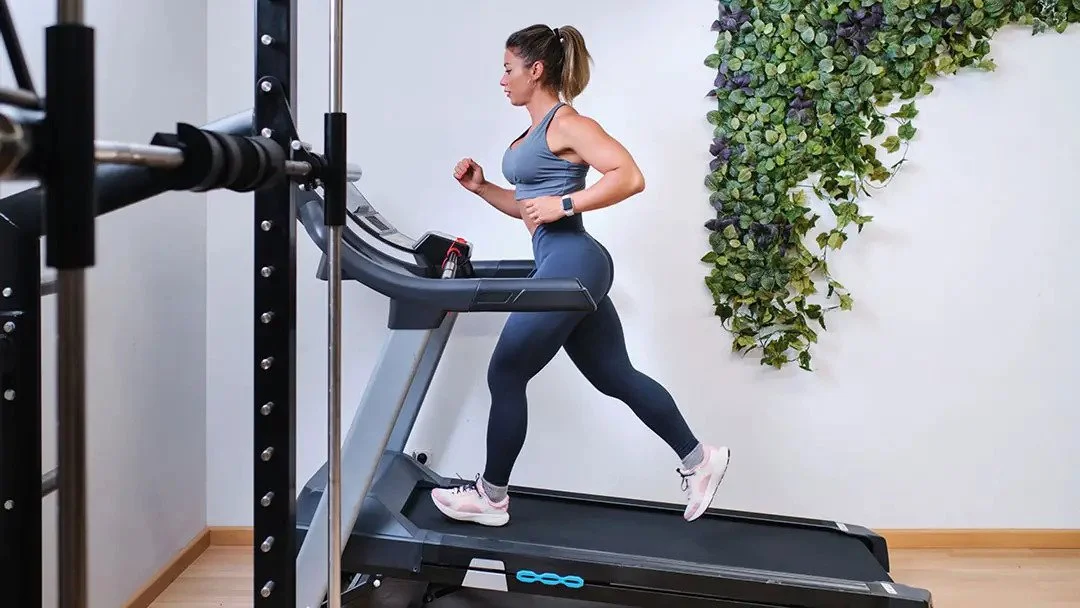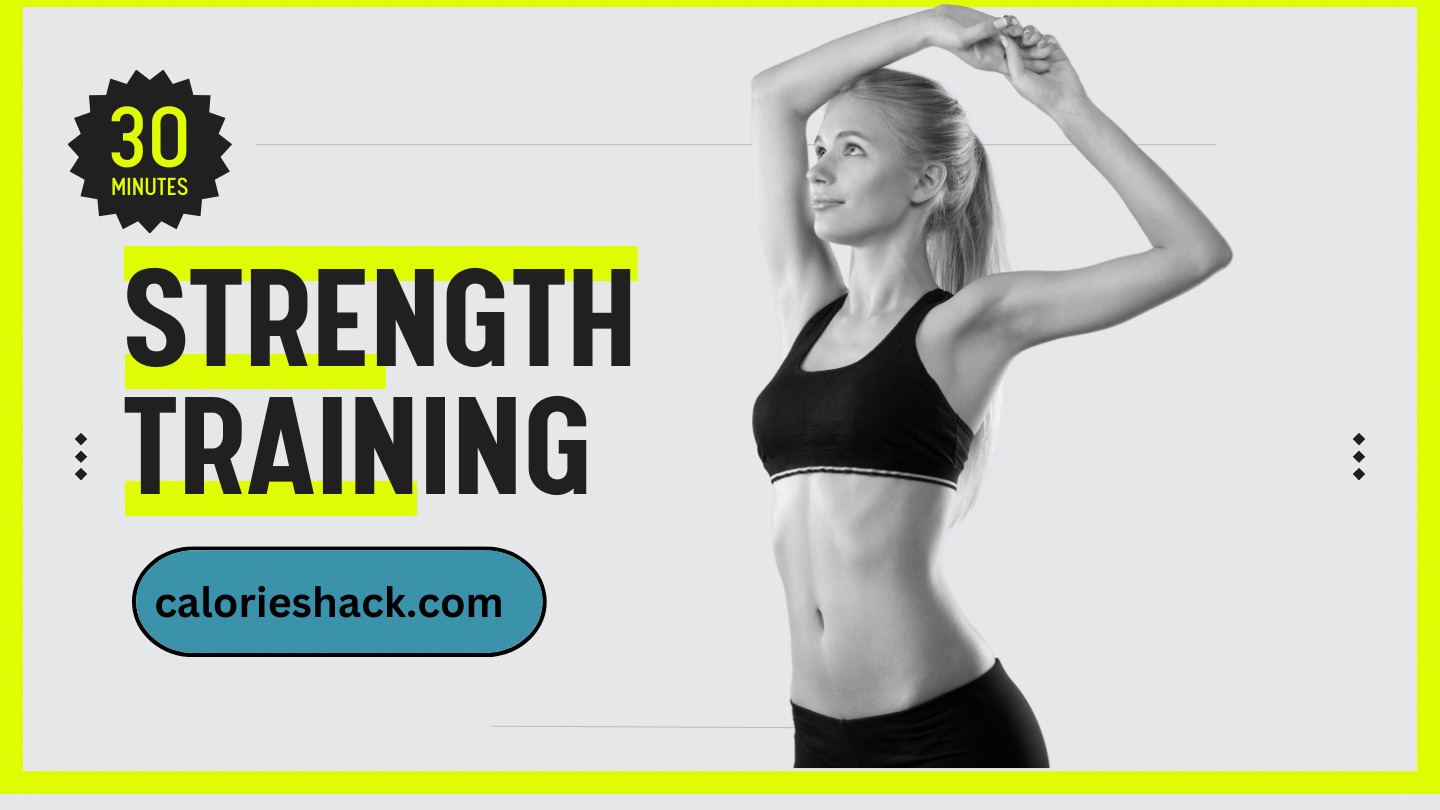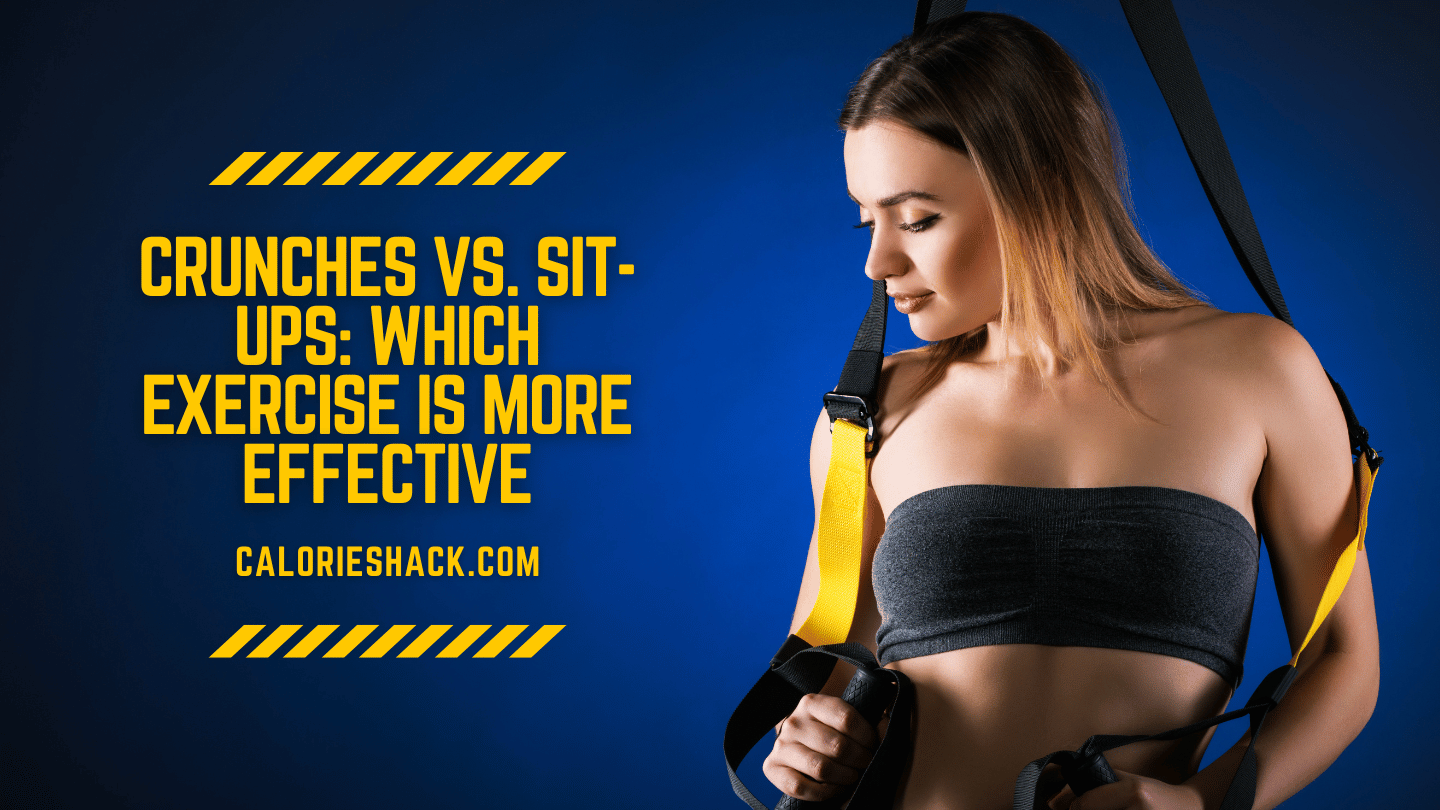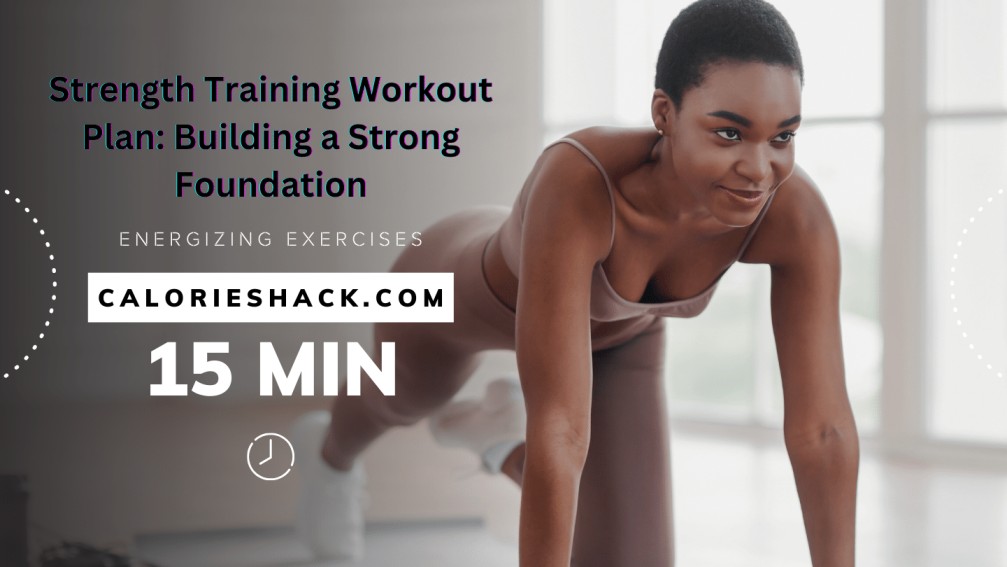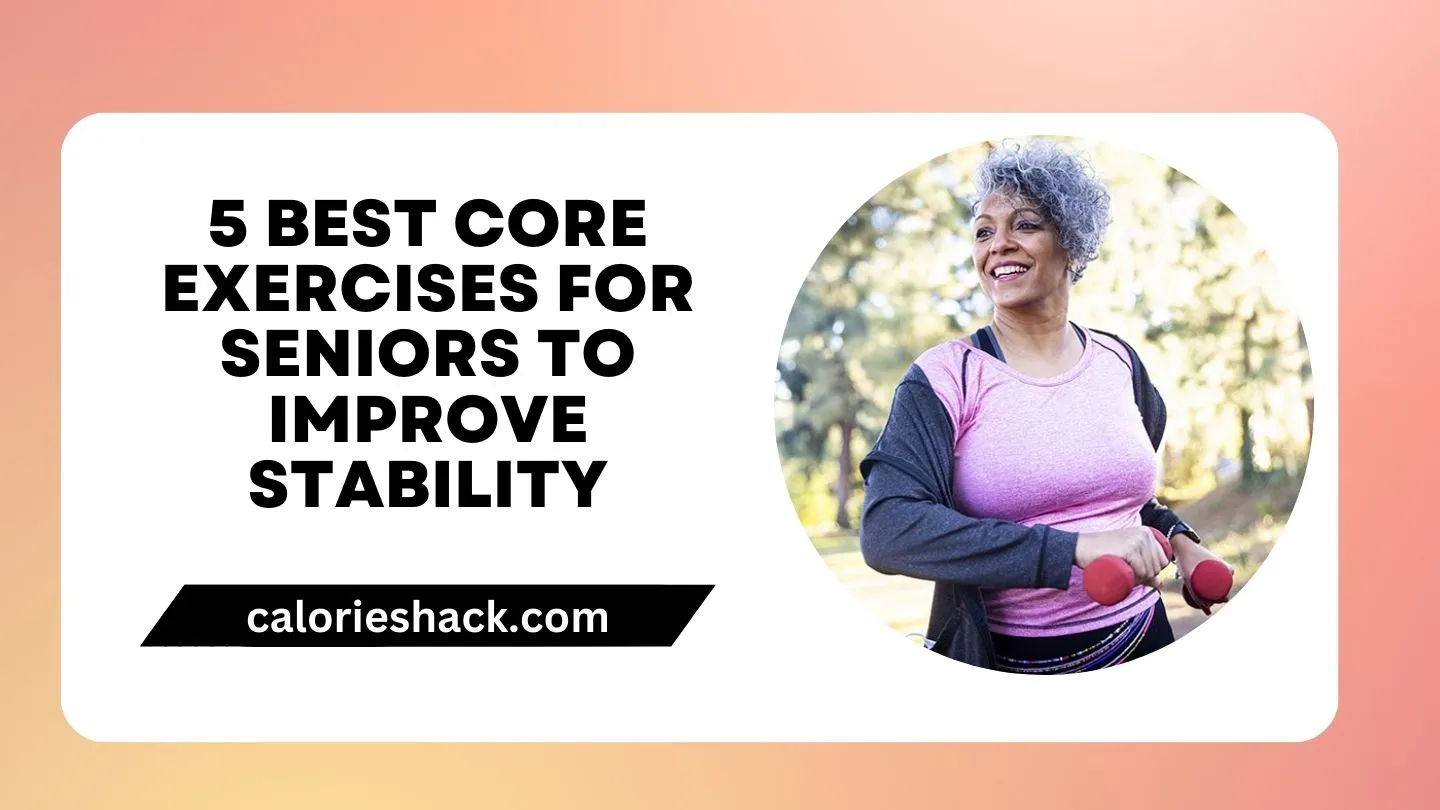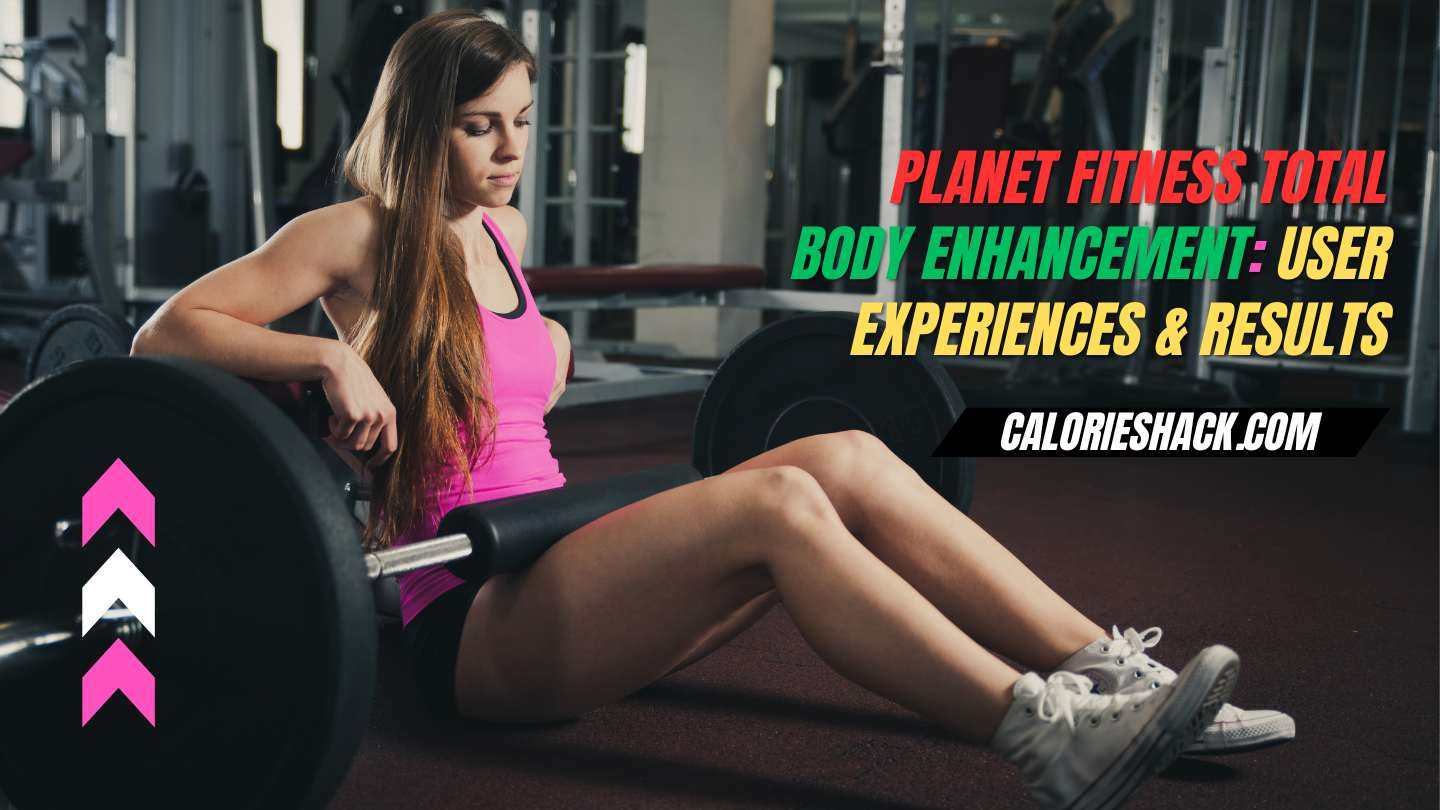What exercise burns the most calories than your body does on a typical day. High-intensity activity, such as bicycling, jogging, or running, usually burns more calories than other routines. Planks and other compound exercises activate many muscular groups simultaneously, burning calories and strengthening them. The more labor you perform when exercising, the more energy your body requires. As a consequence, complex workouts will help you burn more calories. Strength training also helps build muscle, which burns more calories than fat.
Read on to learn about calorie-burning workouts, including aerobic and complex techniques. You can do these workouts at home, at your own speed, with no fancy gym equipments or pricey equipment.
If jogging isn't your thing, try alternative calorie-burning exercises like HIIT workouts, jumping rope, and swimming. You can perform any combination of these exercises based on your interests and fitness level.
- Several factors influence the number of calories you burn, including as
- Consider exercise duration, tempo, intensity, and weight/height.
- Generally, the more you weigh, the more calories you burn when exercising.
If you want to know the actual figure, consult with a personal trainer. They can calculate your specific calorie burn throughout an exercise.
Recommended to read:
- Protein Shake Before Or After Workout
- Is There A Cheat Code For Getting Six-Pack Abs Faster
- 18 Ways To Get Motivated For A Run
- Unlocking Muscle Potential: Protein, Calories, And Training Efficiency
- Crunches Vs. Sit-Ups: Which Exercise Is More Effective.
What Exercise Burns The Most Calories
The following table lists the top calorie-burning workouts. These workouts burn the most calories in one hour. Remember that the calories mentioned are estimates. Your specific calorie burn is determined by factors like as intensity, duration, and body weight.
1. Planks.
To get into a plank posture, lie on your stomach on the ground. Place your hands just behind your shoulders, engage your abs, and raise your torso off the ground. Maintain a flat back as you draw your toes toward your shins.
- For the drag plank workout, use a hardwood or linoleum surface with a little towel beneath each foot. Drag yourself from one half of the room to the other while in a plank posture. Pull your body weight by moving your arms around. One round consists of a travel across the room to one wall and return.
- To perform hip rises, start in a plank posture and lift your hips up to form an inverted V. Return to your starting position while maintaining core engagement.
- Knee to elbow: In a plank posture, move your left knee to your right elbow. Return your foot to your starting location and repeat on the opposing side. Continue alternating.
- Try rainbow planks to train your oblique muscles. In a plank posture, move your hips side to side. Try to get as near to the earth as possible.
- Start in a plank posture with straight elbows (similar to a pushup). Lower your right forearm and then your left forearm. Return to your right hand, followed by your left hand.
2. Squat To Press.
Stand shoulder-width apart, holding a weight in each hand. Bend your elbows to a 90-degree angle and turn your hands inward.
From this starting posture, take these steps to do a squat to press:
Slowly drop into a squat stance, keeping your weight over your heels and your chest high. Hold for 2 seconds.
Push through your heels to stand up tall and raise your weights to the sky.
Repeat for the appropriate amount of repetitions.
Read also: Workout Routines For Beginners At Home
3. Renegade Row.
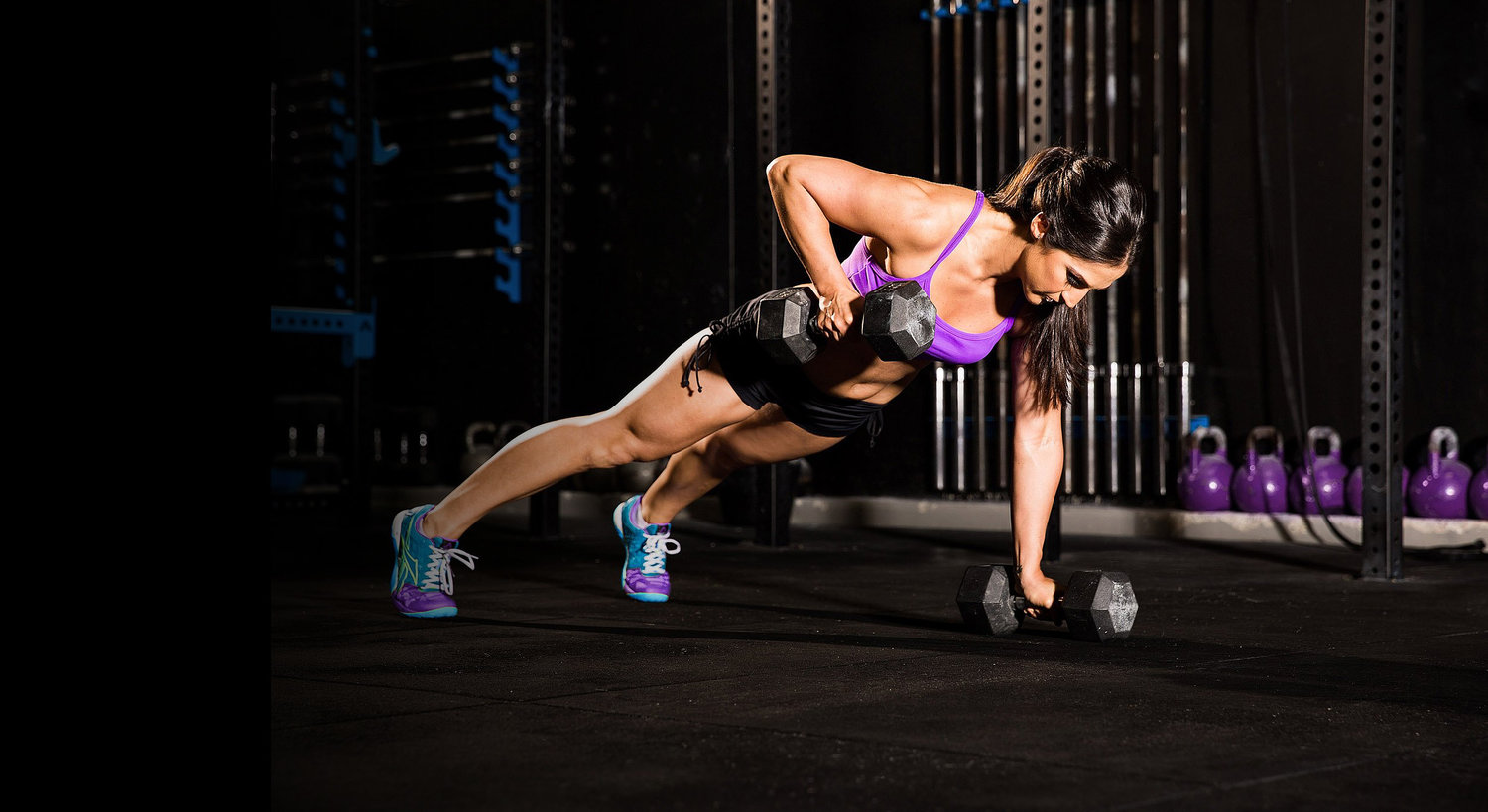
Lift one arm against your body, keeping your forearm aligned with your back and your elbow bent at a 90-degree angle.
Hold for two counts. Engage your abs and maintain your hips as level as possible.
Return to your starting position. Repeat with the opposing arm.
4. Stairs (With Weights)
Taking the stairs can enhance your endurance and lipid profile, including cholesterol and triglyceride levels. According to research, ascending stairs burns approximately eight to ten times the calories you do at rest. 10 Climb stairs instead of using an elevator or escalator whenever feasible to incorporate this calorie-burning activity into your regular routine.
You may work out by climbing stairs and adding weights to develop your muscles. Carry a light weight in each hand, then climb five or more flights of stairs.11 Rest for a few minutes and then repeat for the appropriate amount of reps.
5. Jump Lunges.
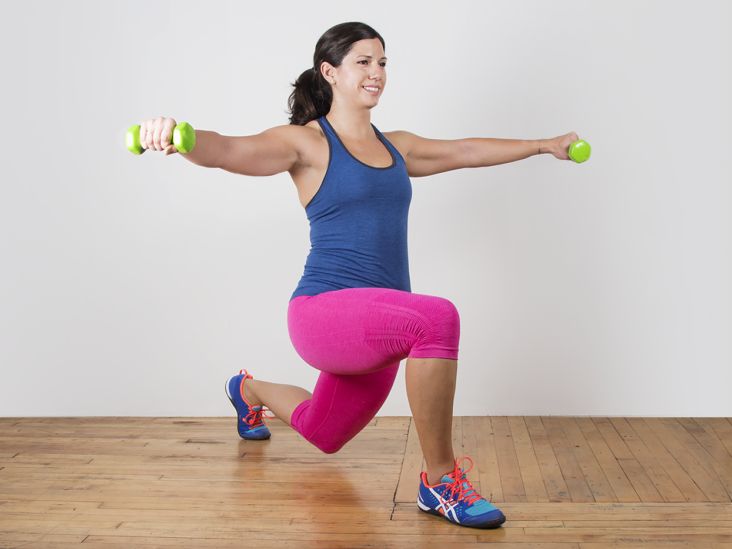
- To do jump lunges, start with your feet together and your elbows bent at a 90-degree angle.
- Lunge forward while keeping your chest high. Make certain that your weight is on the heel of your front foot.
- Jump straight up and raise your hands to the ceiling while keeping your elbows bent.
- Land in a lunge with the opposing foot forward. Repeat on the opposing foot, switching sides with each rep.
Read also: Healthy Eating For Beginners: Eating Well Made Easy
Why Does Strength Training Burn Calories
Strength training increases muscle mass and prevents bone density loss as you age.
MedlinePlus explains the benefits of exercise.Building muscle via strength exercise may help you burn calories since muscle burns more calories than fat. A person with higher muscular mass may even burn a few more calories at rest than someone with less.
It is a frequent fallacy that building muscle boosts your metabolism. Moderate strength training has a minor impact on the number of calories you burn from muscle mass. Still, incorporating weight training into your aerobic routine will help you burn calories.
What Are The Factors That Influence Calorie Burn
The quantity of calories you burn is determined by various factors, including:
- As we age, we lose muscle mass, slowing our ability to burn calories during exercise.
- Individuals with higher body weights require more energy for physical activities. As a result, the quantity of calories you expend when exercising rises with weight.
- The duration, intensity, and kind of exerciseFor example, walking slowly burns fewer calories than walking at a moderate speed.
- Muscle mass burns more calories compared to fat. People with larger muscular mass burn more calories both at rest and during exercise than others.
- Research indicates that guys may burn more calories than females when performing similar workouts.
Read also: Low-Impact Workouts: Health Benefits, How To Get Started, And How
Tips for Burning More Calories?
Losing weight requires burning more calories than you ingest. It may be difficult to achieve your weight reduction objectives, but including physical exercise into your everyday routine will help you burn more calories.2
Here are some methods to include extra labor into your regular activities and workouts to help you burn more calories:
- Increasing muscle mass can boost calorie expenditure both at rest and during exercise.
- Taking the stairs instead of elevators or escalators is more effective for burning calories.
- Add energetic music to your training to increase intensity.
- Make arrangements with your family and friends.Make exercise enjoyable by going bowling, swimming, or walking with your loved ones.
- Walking, jogging, or running at a quicker pace increases intensity and burns calories more effectively.
- To reduce sitting, try pacing while talking on the phone or taking walk breaks at work.You may even try standing while working.
A Quick Review
what exercise burns the most calories, exercise planks, renegade rows, and jump squats, work your heart while simultaneously developing your muscles. Compound activities help you burn calories since they involve a lot of energy.
When exercising, pay attention to your body and seek medical attention if you experience discomfort or pain. If you have any chronic conditions, a handicap, or want to begin rigorous training after being inactive for a long time, you should consult with a healthcare expert to determine what exercises you can do and how long you can do them.
Read also: A Complete Low-Carb Diet Guide For Beginners

